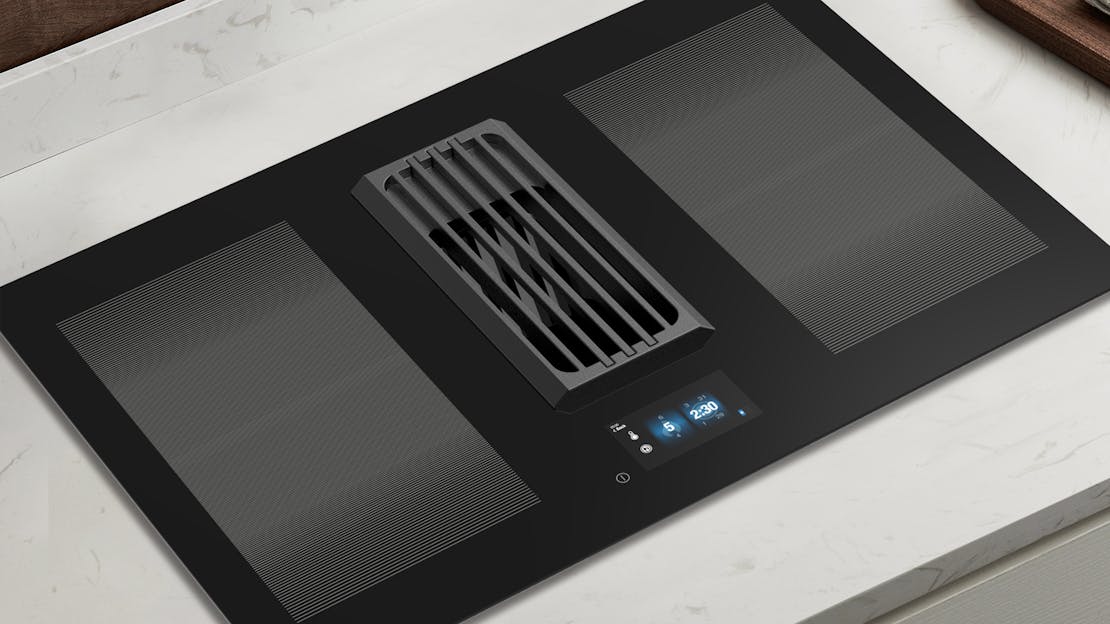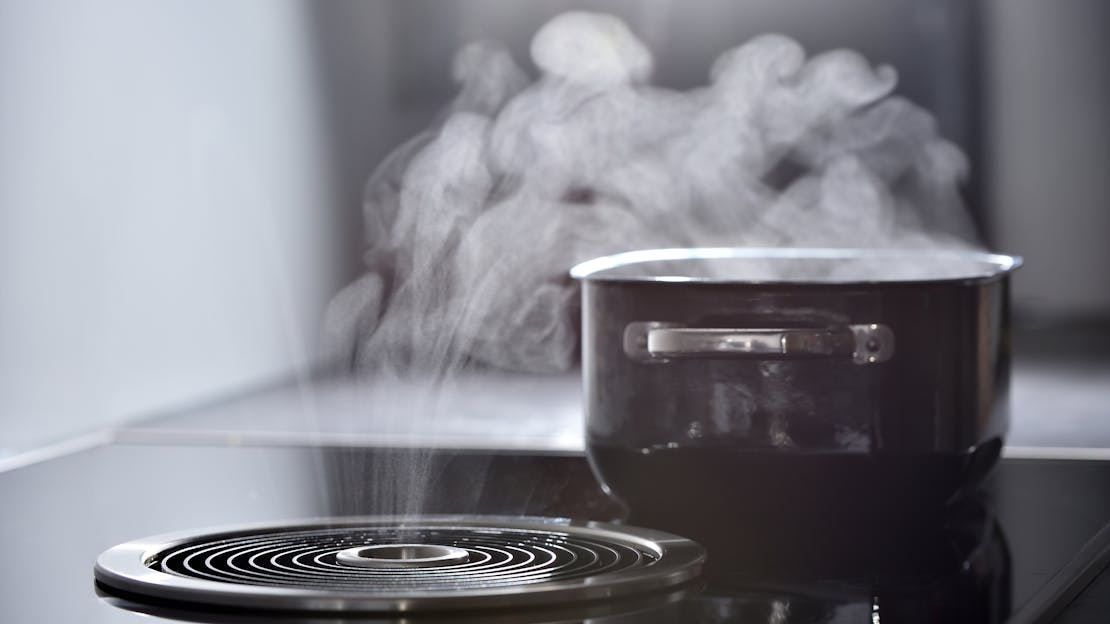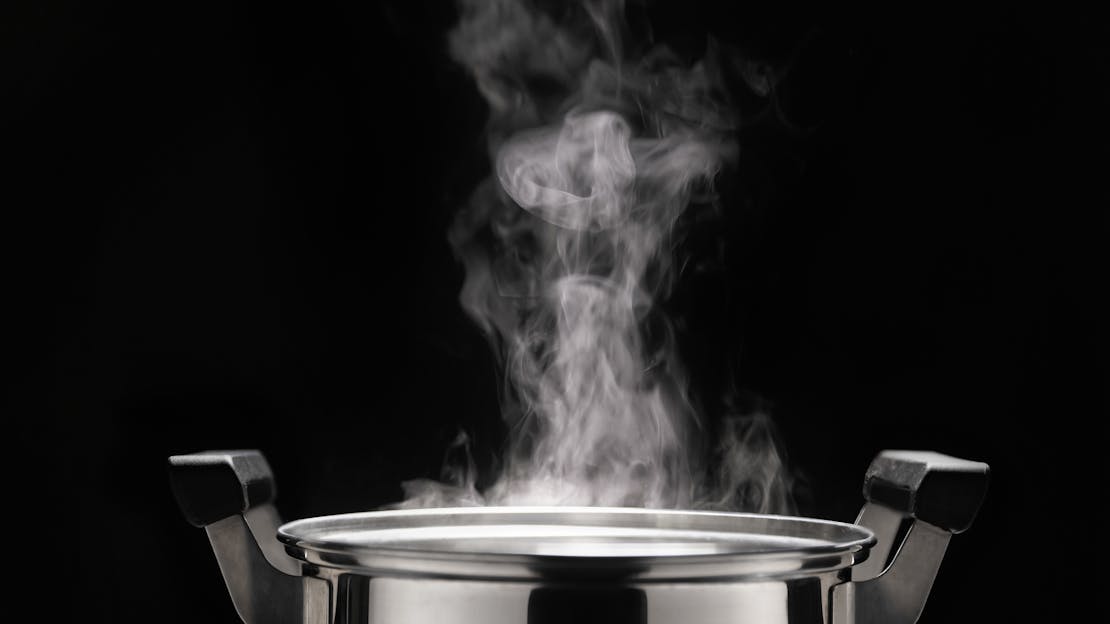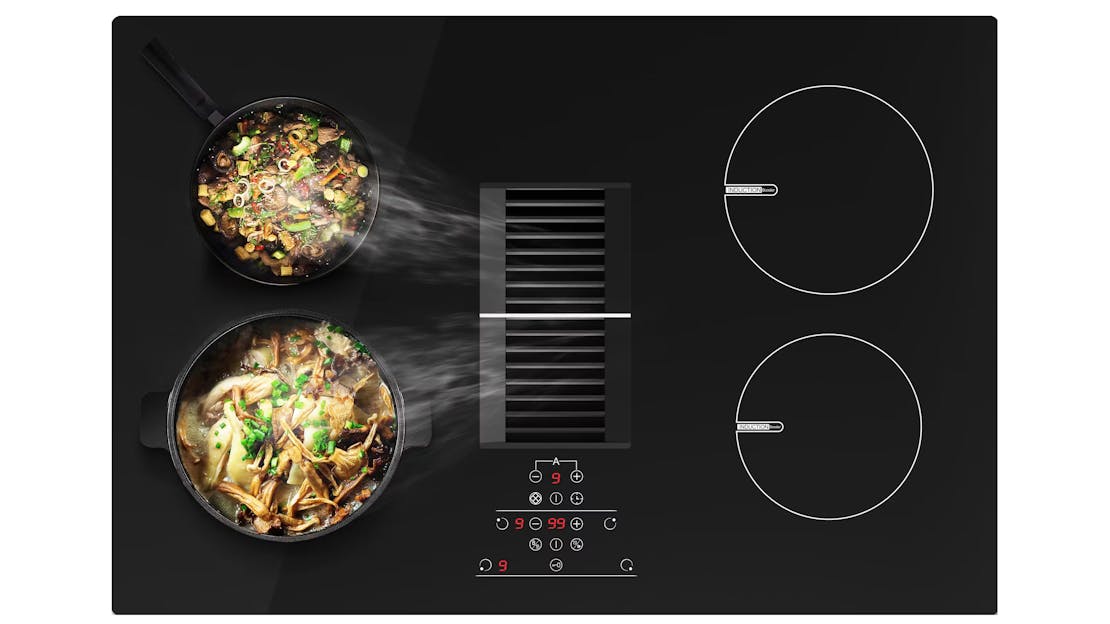
Enhancing Your Cooking Experience with Downdraft Induction Hobs
In the heart of every British kitchen, a culinary revolution is quietly unfolding, with vented induction hobs emerging as the pinnacle of modern kitchen technology. These sleek and efficient appliances seamlessly combine induction cooking with powerful ventilation, revolutionising the way we prepare our favourite dishes. Gone are the days of dealing with stubborn odours, excessive smoke, and cramped kitchen spaces. Vented induction hobs aren't just a fashionable addition to your kitchen; they represent a significant leap forward in culinary technology that caters to the needs and demands of contemporary households. In this article, we will delve into the world of vented induction hobs, exploring their advantages, functionality, and why they have become an indispensable asset for both professional chefs and home cooks alike. Whether you're a passionate foodie or simply looking to upgrade your kitchen, join us on this journey as we unravel the secrets behind these cutting-edge appliances and discover how they are reshaping the way we cook.
What is a Vented Induction Hob?
A vented induction hob, often referred to as a downdraft induction hob is a versatile kitchen appliance that seamlessly integrates the benefits of both induction cooking and a built-in downdraft ventilation system. The induction cooktop utilises electromagnetic technology to heat the cookware directly, offering fast and efficient cooking results. When you place a compatible pot or pan on the cooking zone, an electromagnetic field generates heat within the cookware, while the surface of the cooktop remains relatively cool to the touch. This method of cooking allows for precise temperature control and rapid response times, making it a popular choice for many home chefs.
In addition to induction cooking, the hob is equipped with a downdraft ventilation system that efficiently removes cooking fumes, steam, and odours. This ventilation system consists of strategically placed vents or suction elements along the edges or centre of the cooking surface. When activated, either manually or automatically, the downdraft system draws the airborne by-products of cooking downward, directly at the source.
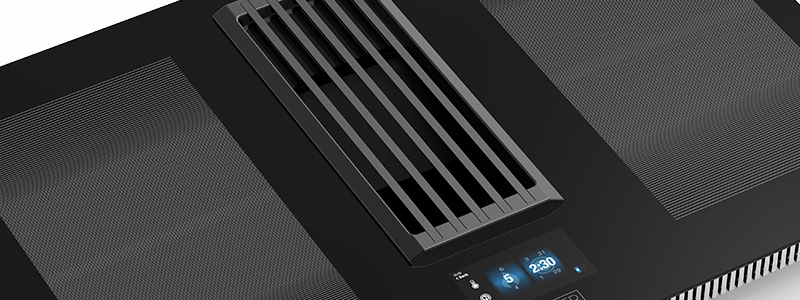
Once the fumes and odours are captured, the downdraft ventilation system guides the air through filters designed to remove grease, particulate matter, and other impurities. The filtered air can then follow one of two paths: it may be recirculated back into the kitchen after passing through additional odour-reducing filters, or it can be vented outside the house through ductwork, completely removing it from the kitchen environment.
The integration of a downdraft ventilation system into the induction hob design offers several advantages. Firstly, it eliminates the need for a separate overhead range hood, which can be beneficial for kitchen layouts where traditional ventilation solutions may be challenging or aesthetically undesirable. Secondly, the downdraft system efficiently captures cooking by-products at the source, ensuring a clean and fresh cooking environment. This combination of induction cooking and downdraft ventilation makes the downdraft induction hob an excellent choice for those seeking a space-saving, efficient, and effective solution for their cooking needs.
Pros and Cons of a Vented Induction Hob
A vented induction hob has several advantages and disadvantages. Let's take a look at the pros and cons of this kitchen appliance:
Pros of Vented Induction Hobs:
Space-saving Design: The integration of the downdraft ventilation system into the hob eliminates the need for a separate overhead range hood, saving valuable kitchen space and creating a cleaner, uncluttered look.
Efficient Ventilation: The downdraft system captures cooking fumes, steam, and odours at the source, ensuring more effective ventilation compared to some traditional range hoods, which may be less efficient in removing airborne by-products.
Flexibility in Kitchen Layout: Downdraft induction hobs are particularly useful for kitchen islands or countertops located away from walls, where traditional ventilation solutions might be impractical or visually intrusive.
Easy Cleaning: The streamlined design of the hob, with fewer crevices and exposed parts, makes it easier to clean compared to some traditional range hoods.
Safety: Induction cooking provides a safer cooking experience since the cooktop surface remains relatively cool, reducing the risk of burns. Additionally, the downdraft ventilation system helps keep the air cleaner and prevents cooking fumes from spreading throughout the kitchen.

Cons of Vented Induction Hobs:
Limited Suction Power: Some users find that downdraft ventilation systems may not be as powerful as high-end, dedicated range hoods. As a result, they might not be as effective in handling very heavy cooking fumes or intense steam.
Noise: Downdraft ventilation systems can produce noise while operating, which could be a concern for those who prefer quieter cooking environments.
Installation Challenges: Installing a downdraft induction hob may require additional considerations, such as ensuring adequate space beneath the countertop for the downdraft system and the necessary ductwork for exterior ventilation.
Cost: Downdraft induction hobs can be more expensive than regular induction hobs or traditional cooktops with separate range hoods due to the added ventilation system and specialised design.
Maintenance: Like all kitchen appliances, the downdraft ventilation system requires regular maintenance, such as cleaning the filters and ensuring proper airflow for optimal performance.
Things to consider when choosing a venting hob
When purchasing a vented induction hob, several key factors should guide your decision making process. First, consider the size and dimensions of the hob to ensure it fits your kitchen space adequately. Additionally, evaluate the effectiveness of the ventilation system, including its extraction power and noise level.
Energy efficiency is another important consideration, as it can impact long-term operating costs. Assess the cooking power and performance of the hob, ensuring it meets your culinary needs with precise temperature control. Look for intuitive control features and safety measures like automatic shut-off and child lock functions.
Aesthetics matter too, so choose a hob that complements your kitchen's design and matches your preferences. Ease of cleaning and maintenance should also be taken into account, with features like removable filters and smooth surfaces for hassle-free upkeep.
Check installation requirements, including electrical connections and ventilation ducting, to ensure compatibility with your kitchen setup. Lastly, consider brand reputation and warranty coverage for added peace of mind. By considering these factors, you can select the right vented induction hob for your cooking space.
Venting Downdraft Hobs from MyAppliances
Experience superior ventilation with our venting downdraft hobs. Engineered to eliminate smoke and odours effortlessly, our range ensures a clean and comfortable cooking atmosphere. Invest in your kitchen with our high-performance options.
Vented Hob Buying Guides
![Are vented induction hobs any good?]() Vented Hob Buying Guides
Vented Hob Buying GuidesIn this article, we'll explore the functionality and benefits of vented induction hobs to assess their practicality and effectiveness.
![How does a vented hob work]() Vented Hob Buying Guides
Vented Hob Buying GuidesIn this article we explore how these innovative appliances work and why they're becoming a staple in modern kitchen designs.
![Vented vs. Non-Vented Hobs: A Comprehensive Comparison Guide for Your Kitchen]() Vented Hob Buying Guides
Vented Hob Buying GuidesIn this guide, we delve into the world of vented and non-vented hobs to help you make an informed decision.
![The Ultimate Guide to Vented Hobs]() Vented Hob Buying Guides
Vented Hob Buying GuidesIn recent years Vented Hobs, also known as Downdraft Induction Hobs, have seen a significant uptick in popularity, reshaping the landscape of kitchen appliances. This guide delves into the factors driving their ascent, from their space-saving design to their efficient cooking experience.

